Drag cable, drag cable, tank chain cable, moving cable is another name for drag chain cable, drag chain cable is a highly flexible cable that can be used for reciprocating motion. It is usually used in combination with cable drag chains, so it is called drag chain cable. On the one hand, the cable drag chain can form a protective layer for the cable, and on the other hand, it can realize the reciprocating movement of the cable following the drag chain. For small bend radii and mechanical equipment that needs to move back and forth, flexible drag chain cables are the cable of choice.
When choosing a mobile flexible drag chain cable, people may misunderstand that as long as the cable is soft enough, it can be used as a flexible drag chain cable. Therefore, silicone cables and flexible cables RV, RVV, RVVP, rvvsp, etc. are used as drag chain cable access equipment. However, as a drag chain cable, it is not enough to simply remain flexible. It also requires a certain level of resilience. In the process of mobile use, the cable should be able to withstand certain stress, tensile strength, wear resistance, small bending radius, torsion resistance, etc., and requires good mechanical properties. When the drag chain drive cable moves back and forth frequently, silicone cables and flexible cables cannot meet these requirements and cannot effectively protect the core wire, which is easy to cause wear and core breakage, resulting in the machine not running normally.
Let's see the difference between flexible drag chain cable and ordinary wire and cable
①Conductor structure
Changyu towline cables use Category 6 conductors and multi-strand ultra-fine stranded oxygen-free copper wires. In general, the thinner the conductor, the better the flexibility of the cable. However, if the conductors are too thin, cable entanglement can occur.
②Flexibility and core wire insulation
The insulating material of Changyu drag chain cable is resistant to adhesion, high strength and good toughness. The insulating layer is not only the layer of insulating material between the heating conductors or between the heating conductors and the ground shield, but also needs to support each stranded conductor. Changyu towline cables have uniform insulation thickness and high concentricity.
③ Stranding mode
The twisted structure is wound around a stable center of tension with a good twist pitch. The core wires are usually stranded in layers, bundled and stranded again.
④ stretching center
Depending on the number of cores and the space in the area where each core (usually nylon or Kevlar) crosses, the center of the cable can be filled with a centerline. Filling can effectively protect the stranded wire structure, prevent the stranded wire from floating to the central area of the cable, and improve the tensile strength of the cable. Different models and specifications of drag chain cables will vary.
⑤Inner sheath
Armored extruded inner sheaths replace inexpensive fleece materials, fillers or auxiliary fillers. On the one hand, it protects the core structure. On the other hand, the appearance of the drag chain cable after the secondary extrusion is fuller.
⑥Shield
The shield is tightly braided outside the inner jacket with an optimized braid angle. The tight braid improves EMC protection and prevents shield failure due to shield breakage. At the same time, the densely woven shield has anti-twist properties.
⑦Outer sheath
The outer sheath must have high flexibility and support and be high pressure formed. Usually special PVC and polyurethane are used. Outer jackets made of different modified materials have different functions, including UV resistance, low temperature resistance, oil resistance and cost optimization.
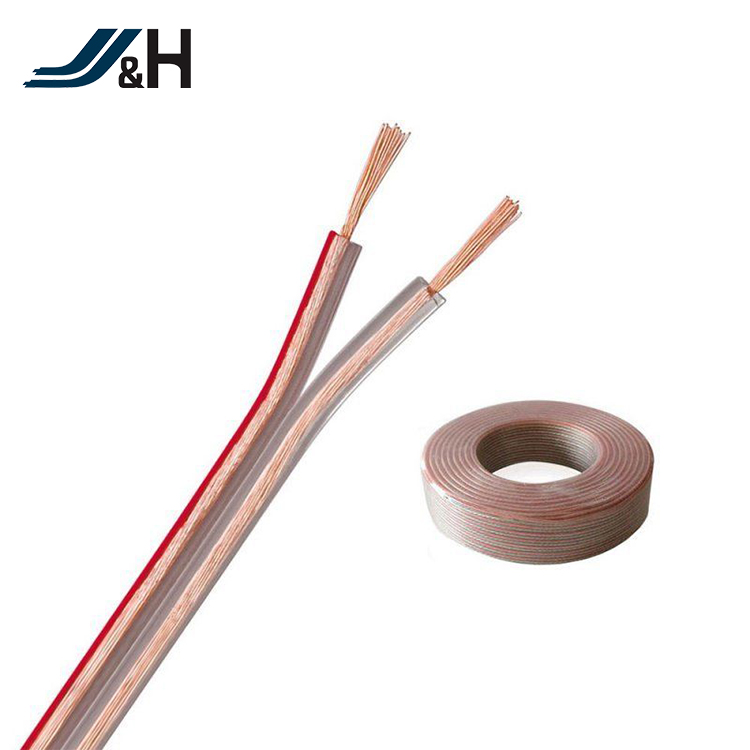

 ENGLISH
ENGLISH 简体中文
简体中文 GERMAN
GERMAN SPAIN
SPAIN
 +86 181-5747-1135
+86 181-5747-1135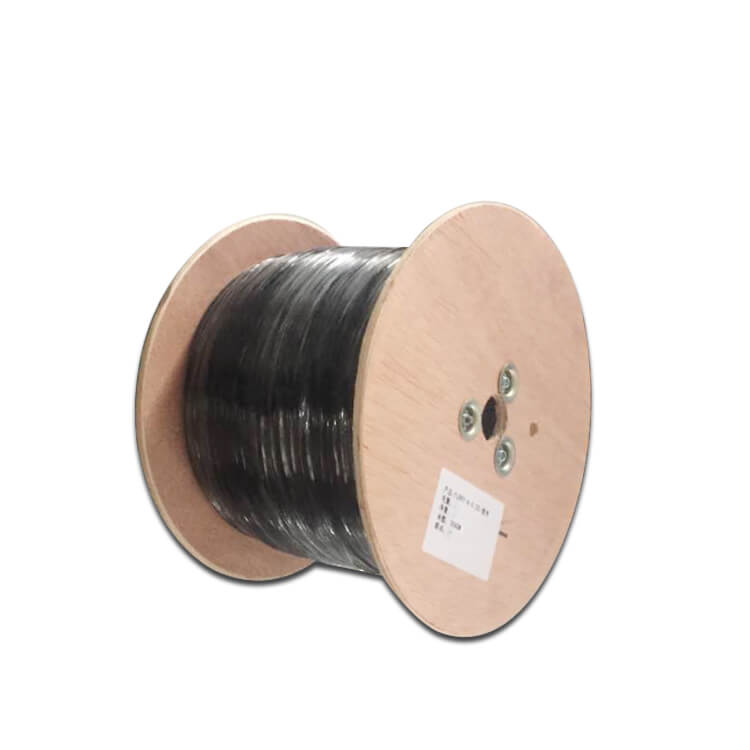
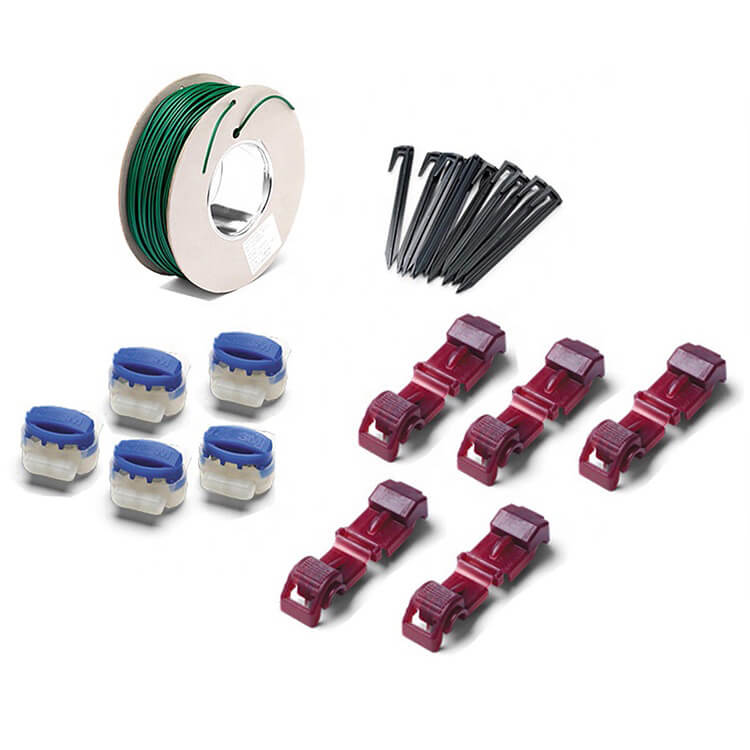
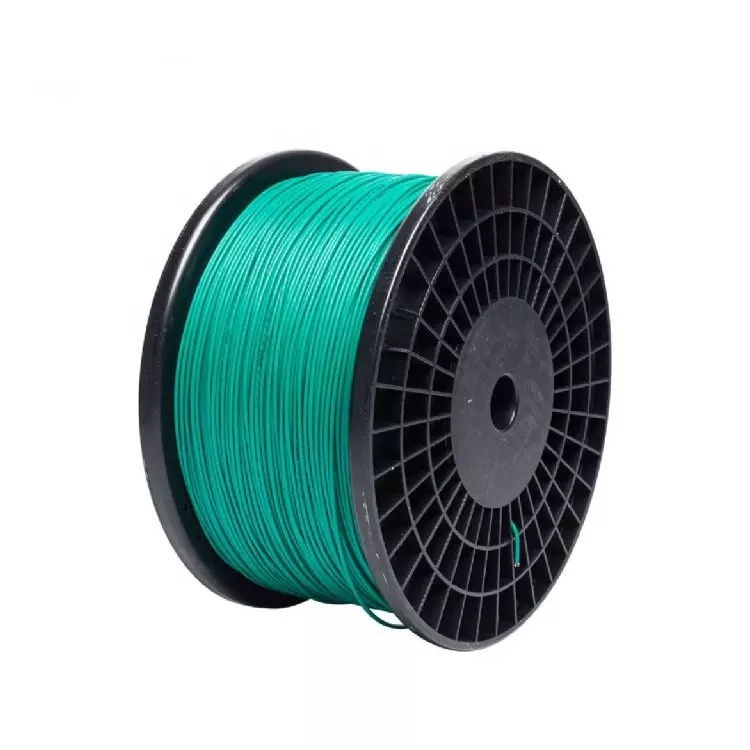
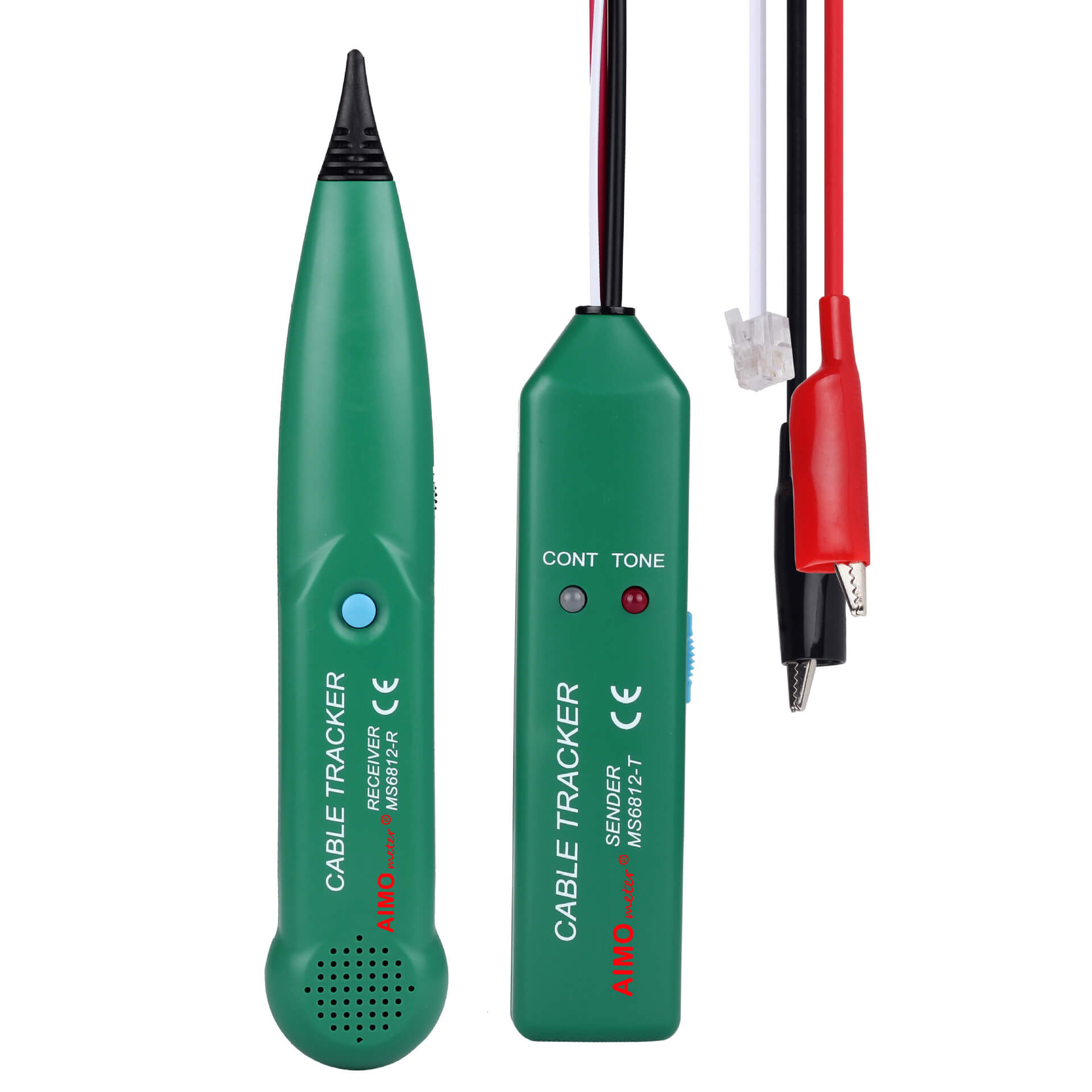


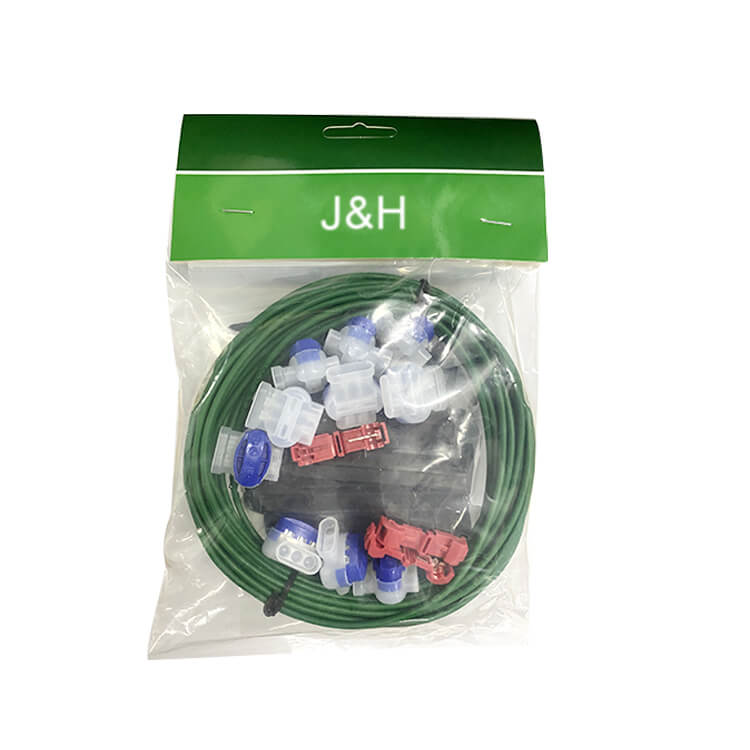
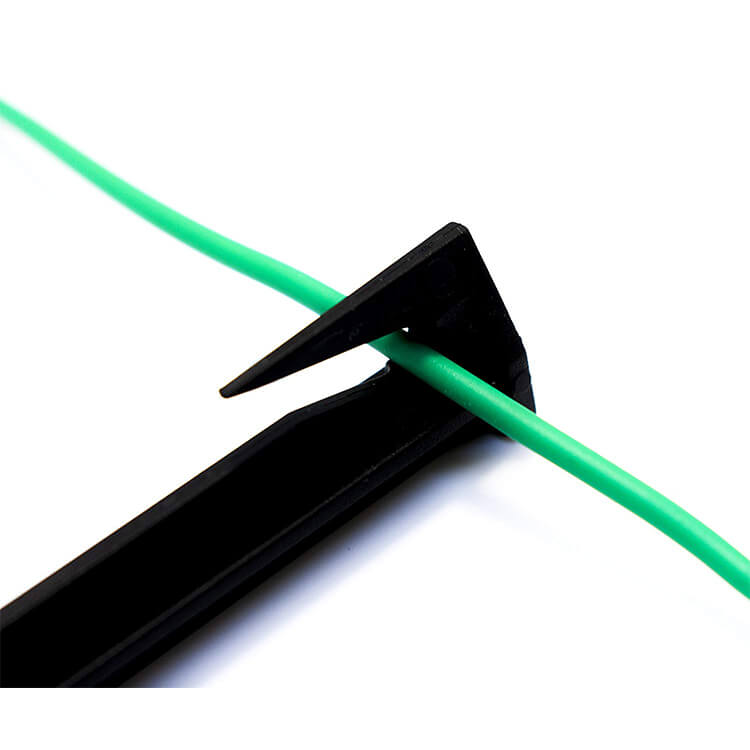
 Abroad:+86 181 5747 1135
Abroad:+86 181 5747 1135 FAX: +86 574 8900 7636
FAX: +86 574 8900 7636 E-mail:
E-mail: 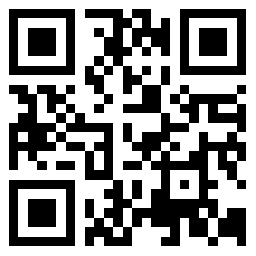

 read the map
read the map

